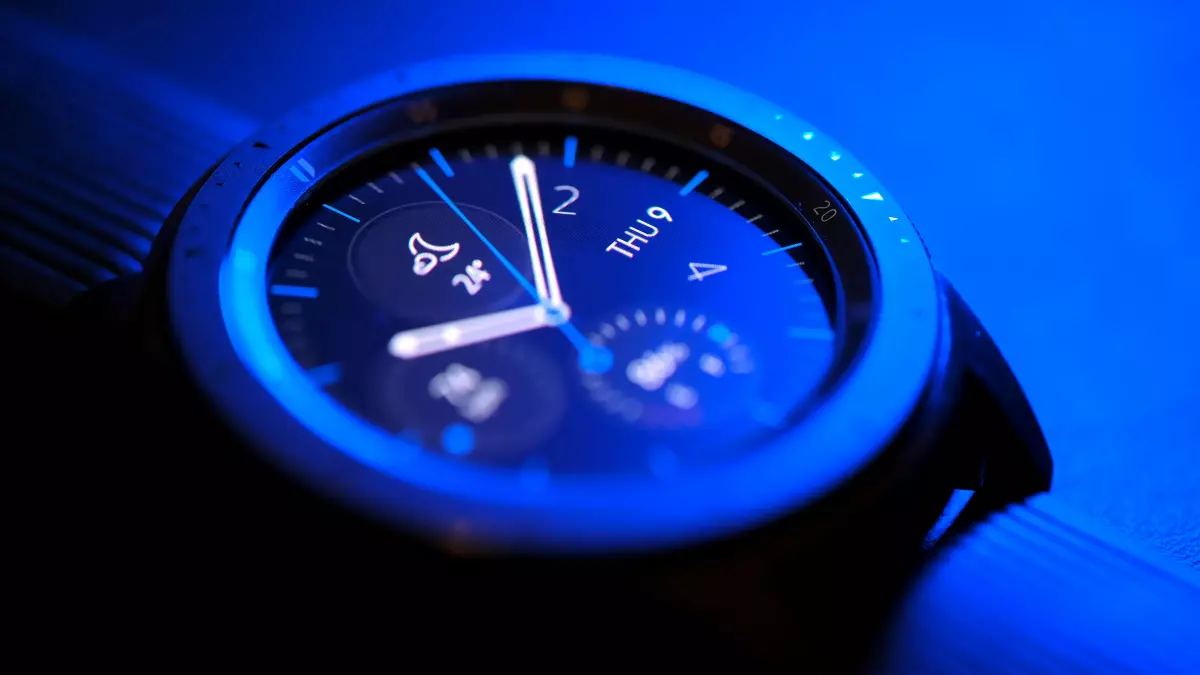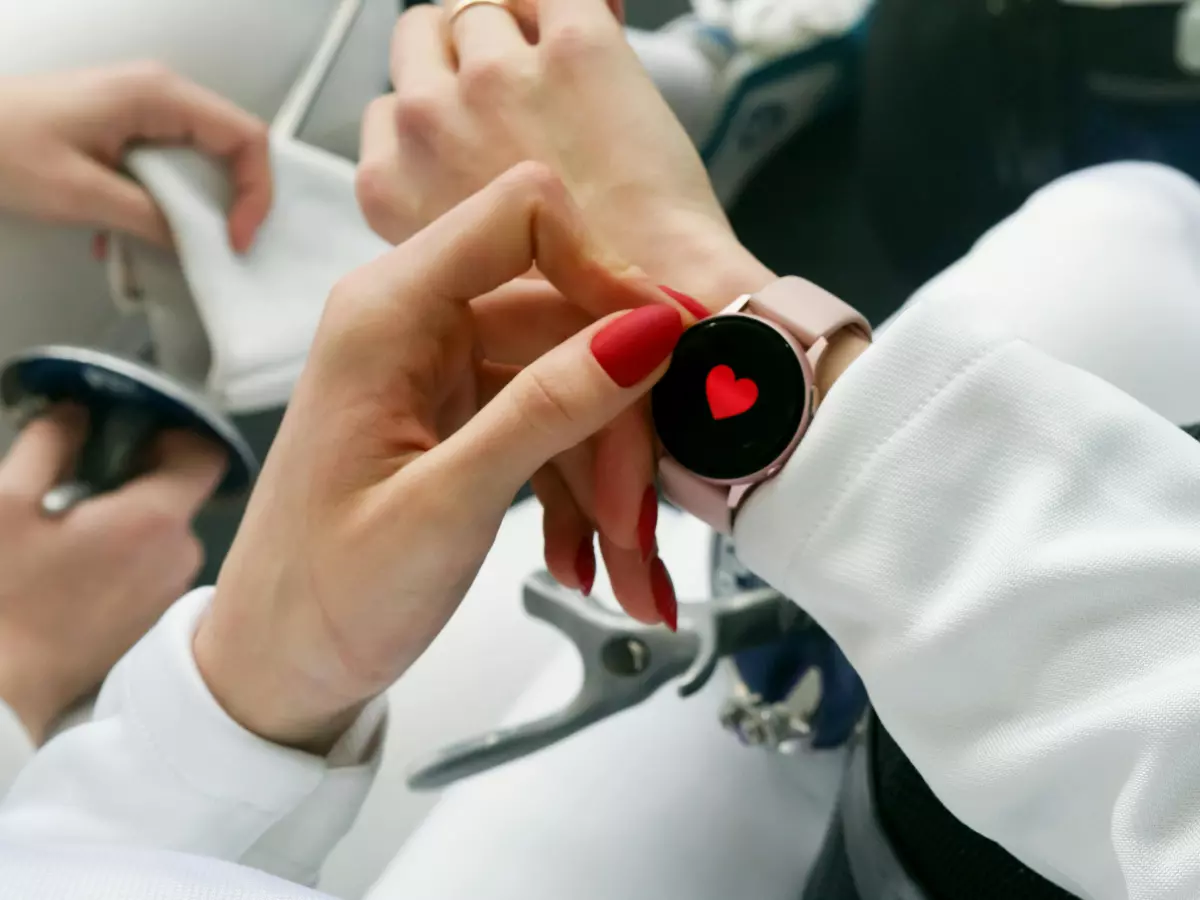Wearable Power Play
Think your wearable’s battery drains because of all those fancy sensors? Think again. The real culprit might surprise you.

By James Sullivan
Picture this: You’re on a week-long hiking trip, miles away from any power outlet, relying on your trusty wearable to track your steps, monitor your heart rate, and maybe even guide you with GPS. But halfway through the trip, your wearable dies. No more step counts, no more heart rate data, and definitely no more GPS. Now, imagine a future where your wearable lasts the entire trip without needing a recharge. Sounds like a dream, right?
Well, that future might not be as far off as you think. Wearables are evolving, and the secret to longer battery life lies in how they’re using sensors. You see, sensors are the heart and soul of any wearable device. They’re the ones collecting all that juicy data about your body, your environment, and your movements. But here’s the kicker: sensors can be both the hero and the villain when it comes to battery life. The trick is in how they’re managed, and that’s where software integration comes into play.
How Sensors Drain (and Save) Battery
Let’s get one thing straight: sensors themselves aren’t always the battery hogs you think they are. Sure, they’re constantly collecting data, but the real energy drain comes from how often they’re doing it and how much processing power is needed to make sense of that data. For example, your heart rate sensor might only need to check in every few seconds, but if it’s running full throttle 24/7, your battery’s going to take a hit.
So how do wearables balance this? Enter smart sensor management. Modern wearables are equipped with software that can intelligently control when sensors are active and when they’re in a low-power state. This means your heart rate sensor might only kick into high gear when you’re working out, and your GPS might only turn on when you’re actually moving. The rest of the time, these sensors are chilling in low-power mode, sipping battery juice instead of guzzling it.
Software: The Battery Whisperer
But it’s not just about turning sensors on and off. The software inside your wearable is also responsible for processing the data those sensors collect. And guess what? That processing takes power too. The more efficiently your wearable can crunch the numbers, the less battery it uses. This is where things like AI and machine learning come into play. These technologies allow wearables to get smarter about how they process data, predicting patterns and optimizing sensor usage based on your habits.
For example, if your wearable knows you typically go for a run every morning at 7 AM, it can start prepping your sensors and optimizing battery usage ahead of time. It’s like having a personal assistant for your wearable’s battery life. Pretty cool, right?
Battery Tech: The Unsung Hero
Of course, none of this would matter if wearable batteries hadn’t also gotten a serious upgrade in recent years. Today’s wearables are packing more power into smaller, lighter batteries than ever before. But even the best battery tech can only go so far. That’s why the real magic happens when battery tech, sensors, and software all work together in perfect harmony.
Take, for example, the latest advancements in solid-state batteries. These batteries are not only more energy-dense but also safer and more durable than traditional lithium-ion batteries. Combine that with smart sensor management and efficient software, and you’ve got a recipe for wearables that can last days—or even weeks—on a single charge.
What’s Next for Wearable Battery Life?
So, what does the future hold for wearable battery life? Well, we’re already seeing some exciting developments. For one, energy harvesting is starting to make waves in the wearable world. This technology allows wearables to capture energy from your body heat, movement, or even sunlight, extending battery life even further. Imagine a wearable that never needs to be plugged in because it’s constantly recharging itself from your own body heat. Sounds like science fiction, but it’s closer to reality than you might think.
Another promising area is ultra-low-power sensors. These sensors are designed to operate on a fraction of the energy used by traditional sensors, meaning they can stay active longer without draining your battery. Paired with smart software, these sensors could revolutionize how we think about wearable battery life.
In the end, the future of wearable battery life isn’t just about bigger batteries or more efficient sensors. It’s about how all these elements—sensors, software, and batteries—work together to create a seamless, long-lasting experience. And as wearables continue to evolve, you can bet that battery life will only get better.
So, the next time your wearable’s battery lasts a little longer than you expected, don’t just thank the battery. Give a nod to the sensors and software working behind the scenes to make it all possible.




